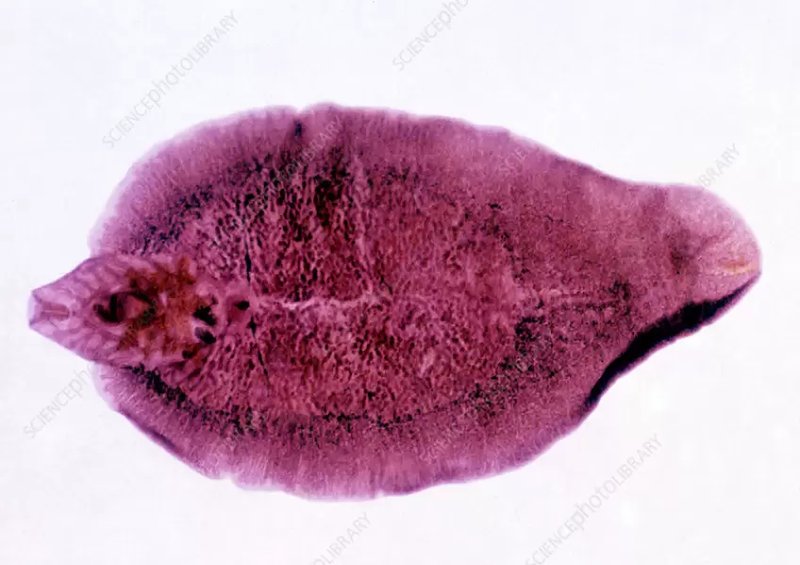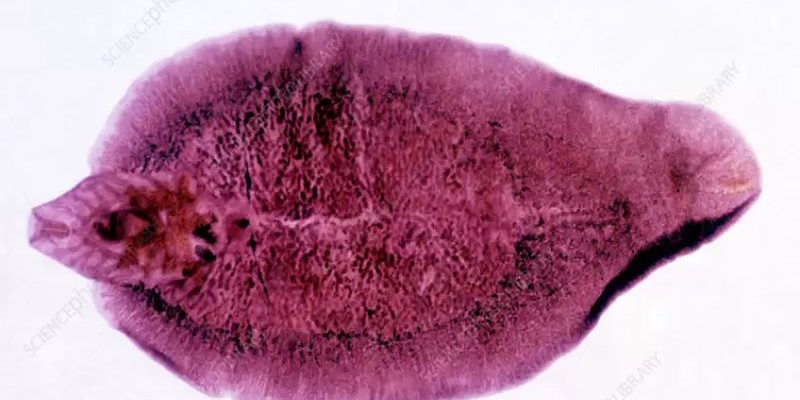
Trematodes, also known as flukes, might not be a household name, but they play a crucial role in environmental monitoring and bioindication. They can reveal changes in water quality, pollution levels, and even the overall health of the ecosystem. Understanding how these organisms function and what they tell us can help scientists and environmentalists keep a close eye on our planet’s health. In this article, we’ll dive into the fascinating world of trematodes and explore their use in monitoring environmental changes.
What Are Trematodes?
Trematodes are a type of flatworm that belong to a larger category known as helminths, which are parasitic worms. These creatures have a complex life cycle, typically involving multiple hosts—usually a combination of snails and other animals like fish, amphibians, or reptiles. Picture them as a tiny, intricate relay race, where each participant plays a vital role.
You might be wondering why these creatures matter. Because of their parasitic nature, trematodes are highly sensitive to changes in their environment. This sensitivity makes them perfect indicators of ecosystem health. When pollution or other harmful changes occur, the trematode populations can shift or decline, sending a clear signal that something is off in the ecosystem.
The study of trematodes can provide insights into things like water quality, biodiversity, and even the impact of climate change. By monitoring trematode species, scientists can gather data that helps track the health of freshwater and marine systems over time.
How Do Trematodes Indicate Environmental Changes?
Trematodes serve as bioindicators, meaning they help assess the health of an environment based on their presence and abundance. When researchers observe specific trematode species, they can infer a lot about the conditions of their habitats. For example, some trematodes thrive in clean, unpolluted waters, while others may flourish in more contaminated conditions.
To understand this better, consider how canaries were once used in coal mines to detect dangerous gases. If the canary stopped singing, it was time to leave the mine. Similarly, if certain trematode populations decline or disappear, it could be a red flag for scientists, indicating that something is amiss in the ecosystem.
Additionally, the presence of certain trematode species can highlight changes in biodiversity. A diverse range of trematode species can suggest a healthy ecosystem, while a decline in diversity often corresponds with pollution or habitat loss. By observing these patterns, scientists can better understand the impact of human activities on aquatic environments.
Types of Trematodes Used in Monitoring
There are many different types of trematodes, each with its unique characteristics and potential for environmental monitoring. Some notable examples include:
- Schistosoma: Known for causing schistosomiasis in humans, this genus requires freshwater snails as hosts. Its presence can reflect the health of freshwater habitats.
- Fasciola hepatica: Commonly found in livestock, this trematode indicates the quality of pastureland and can also be linked to water quality.
- Digenea: This diverse group includes many species that can inhabit both fish and amphibians, providing insight into the interconnected health of these populations.
Each of these trematodes interacts with its host and habitat in specific ways, making them useful indicators of environmental change. By studying these parasites, scientists can develop a clearer picture of what’s happening in various ecosystems.
Advantages of Using Trematodes for Environmental Monitoring
Using trematodes for environmental monitoring has several key advantages. Here are a few reasons they are often favored by researchers:
1. Sensitivity to Change: Trematodes are incredibly sensitive to changes in their environment. This means even minor shifts in pollution levels or habitat conditions can be picked up by monitoring their populations.
2. Diversity of Species: With so many species of trematodes, researchers can gain insights from a wide variety of indicators. This diversity allows for a multi-faceted understanding of ecosystem health.
3. Cost-Effective: Monitoring trematodes can be more cost-effective than other methods, such as testing water quality or surveying larger animals. They require less time and resources, making them an accessible option for researchers.
4. Ecosystem Connectivity: Because many trematodes require multiple hosts, studying them can reveal connections between different species and habitats. This interconnectedness can lead to a deeper understanding of the entire ecosystem.
By utilizing these small yet mighty creatures, researchers can paint a more comprehensive picture of the environment and its health over time.
Challenges in Using Trematodes for Monitoring
While there are many advantages to using trematodes for environmental monitoring, there are also some challenges. Here are a few that researchers face:
1. Complex Life Cycles: Trematodes have complex life cycles that involve multiple hosts and stages. This complexity can make it difficult to track populations accurately, as not all life stages may be found in a given habitat.
2. Species Identification: Identifying different species of trematodes can be challenging, as many look similar under a microscope. This requires skilled taxonomists who can accurately distinguish between species.
3. Environmental Variability: Trematode populations can fluctuate naturally due to seasonal changes or other environmental factors. This variability can make it hard to draw consistent conclusions over time.
4. Limited Research: While the use of trematodes in environmental monitoring is promising, there’s still a need for more research to fully understand their roles and how best to utilize them.
Despite these challenges, the potential benefits of using trematodes for environmental monitoring far outweigh the drawbacks.
Case Studies and Real-World Applications
Several studies have successfully utilized trematodes for environmental monitoring. For example, researchers in Florida used trematode populations to assess the health of freshwater ecosystems impacted by agricultural runoff. By tracking the diversity and abundance of trematodes, they could determine the effects of pollution and identify areas in need of restoration.
Another case study from the Great Lakes region focused on the impacts of invasive species on local trematode populations. Scientists found that certain non-native fish were affecting the populations and diversity of endemic trematodes. This research helped guide conservation efforts and highlight the importance of monitoring these parasites as indicators of ecological balance.
These examples highlight the versatility of trematodes in practical applications and how they provide valuable insights into environmental health.
The use of trematodes for environmental monitoring and bioindication offers a promising avenue for understanding the health of our ecosystems. While challenges exist, the sensitivity, diversity, and cost-effectiveness of these tiny creatures can provide valuable data to researchers and conservationists alike.
As we continue to face environmental challenges, harnessing the power of trematodes might be one of our best bets to keep an eye on the pulse of the planet. With ongoing research and a deeper understanding of how these organisms interact with their environments, we can learn to protect the ecosystems that sustain us all. So, the next time you think about the health of our planet, remember that even the smallest creatures can make a big impact.

